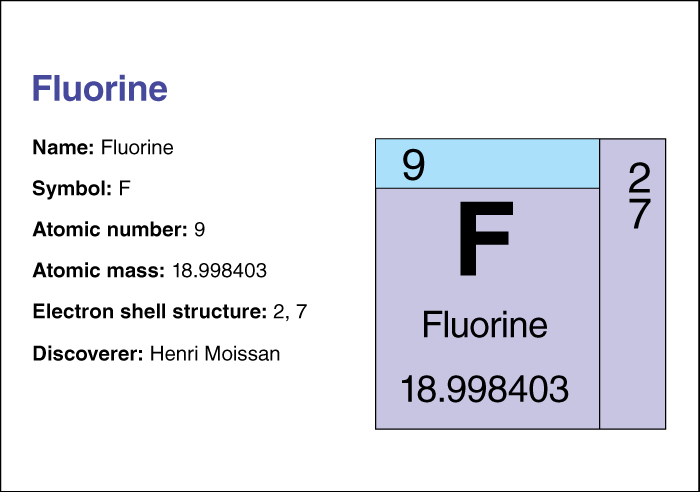Moissan, Henri, << mwah SAHN, ahn REE >> (1852-1907), a French chemist, was awarded the 1906 Nobel Prize for chemistry for isolating the gas fluorine and for developing the electric furnace. See Fluorine .

Originally a biologist, Moissan’s early research focused on the interchange of oxygen and carbon dioxide in the leaves of plants. His early researches into inorganic chemistry concerned the oxides of iron-group metals and salts of chromium. In the mid-1880’s, he researched fluorine chemistry, discovering that solutions of potassium fluoride in hydrogen fluoride could conduct electric current and remain liquid even at subzero temperatures. He managed to break down the two solutions by passing electric current through them to isolate pure fluorine (see Electrolysis ). He followed this discovery with a full study of the properties and reactions of fluorine.
In 1892, Moissan developed the electric-arc furnace, which he used to test his theory that carbon crystallized under pressure from molten iron could synthesize diamonds. The Moissan electric-arc furnace could reach temperatures of up to 3500 °C. Moissan claimed to have created diamonds in 1893, but many scientists nowadays treat this claim with suspicion. Moissan subsequently used the furnace to produce carborundum and other compounds (see Carborundum ). He also managed to isolate several metals.
Moissan was a prolific writer. His publications include Le Four electrique (The Electric Furnace, 1897), Le Fluor et ses composes (Fluorine and Its Compounds, 1900), and Traite de chimie minerale (Treatise on Inorganic Chemistry, 1904-1906, in 5 volumes).
Ferdinand-Frederic-Henri Moissan was born in Paris. In 1886, he became a professor of toxicology at the University of Paris and, from 1900 to 1907, he was professor of inorganic chemistry at the Sorbonne in Paris.
